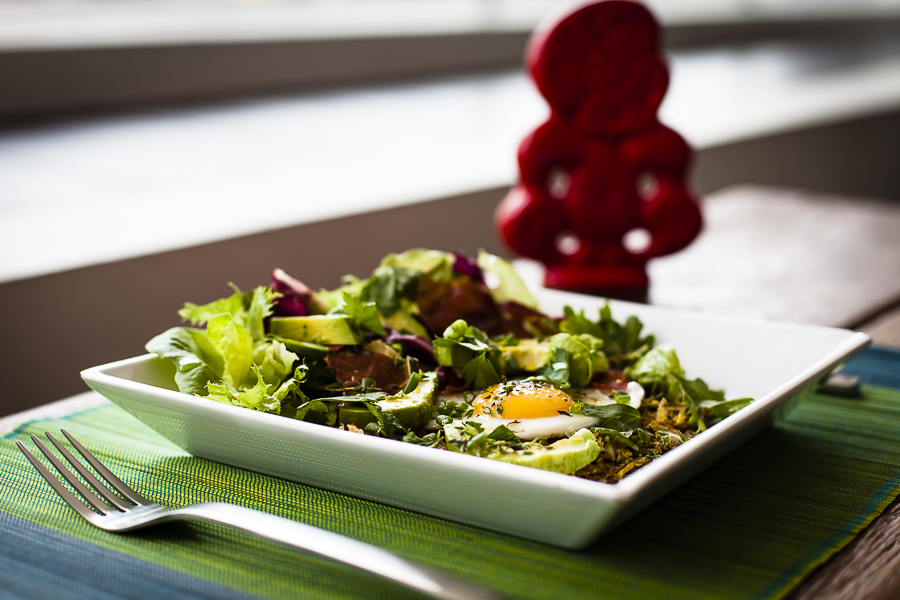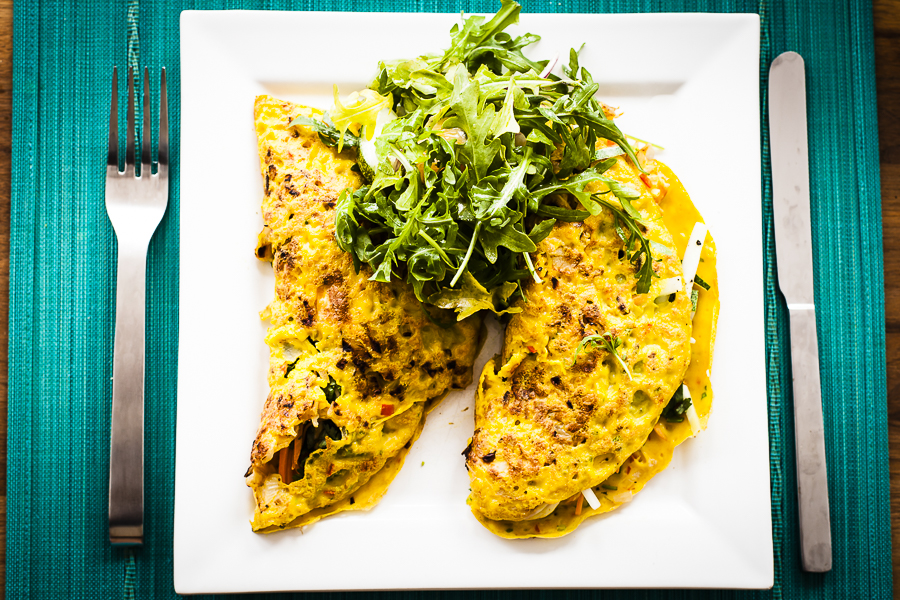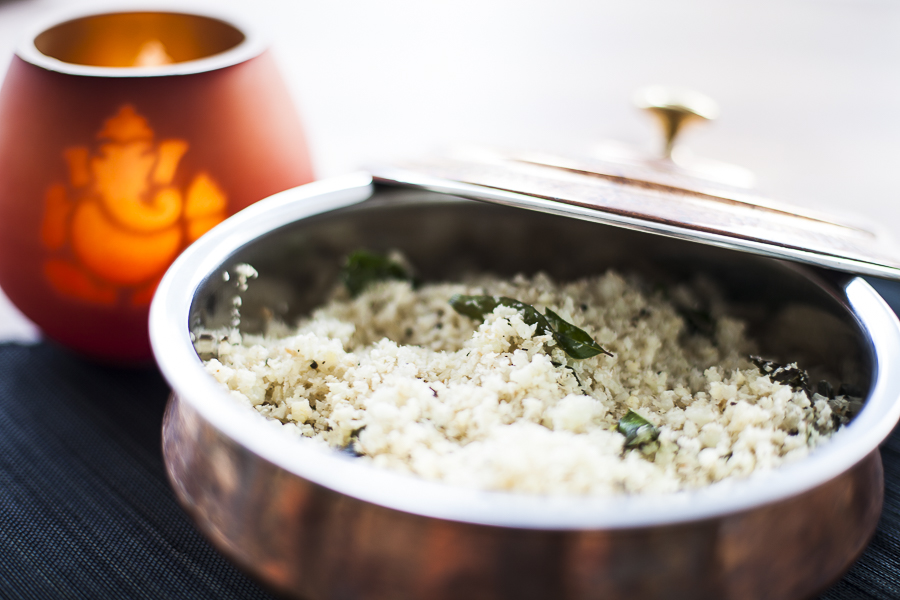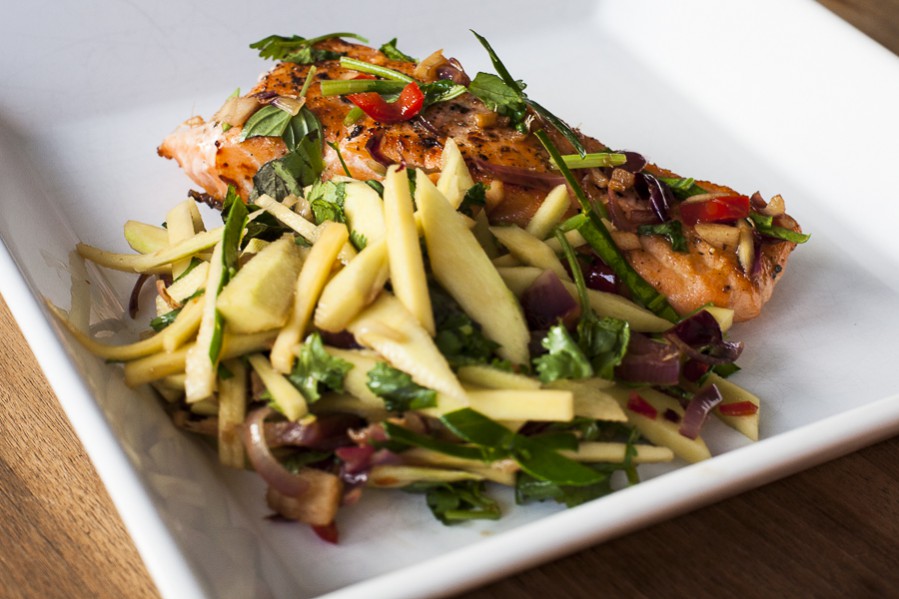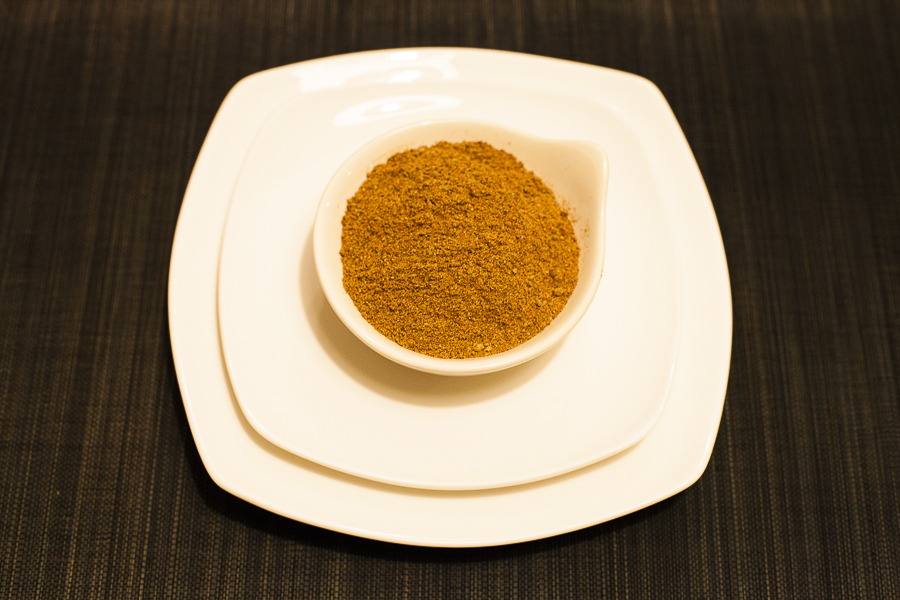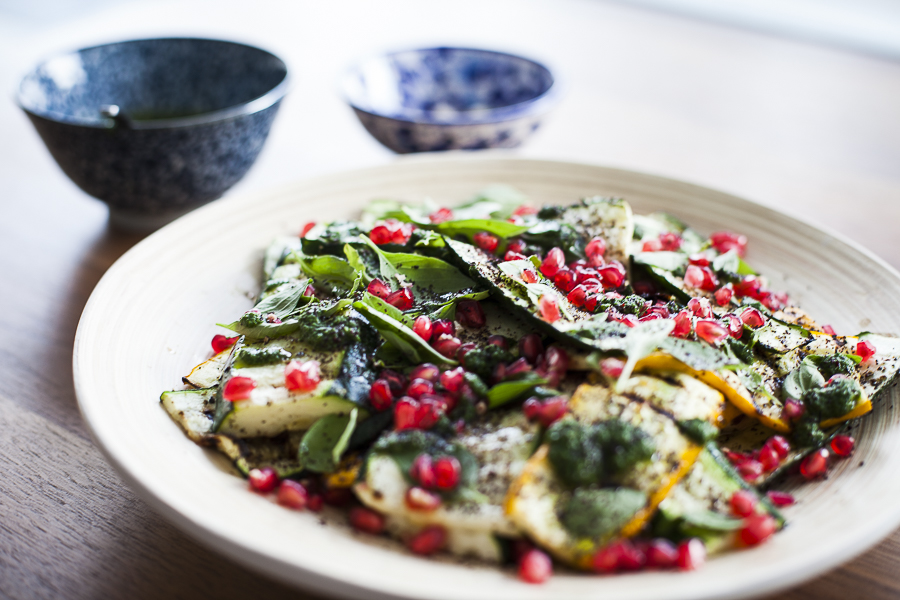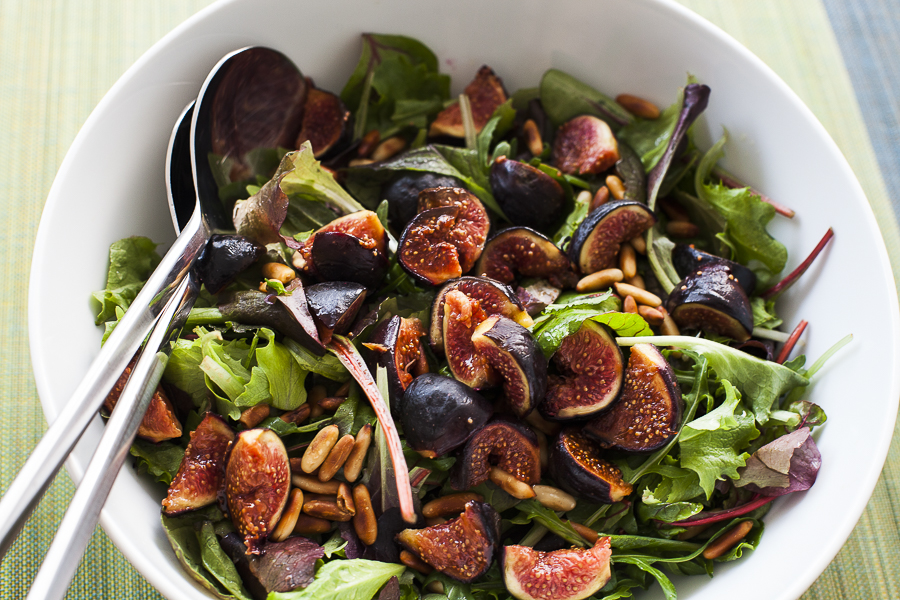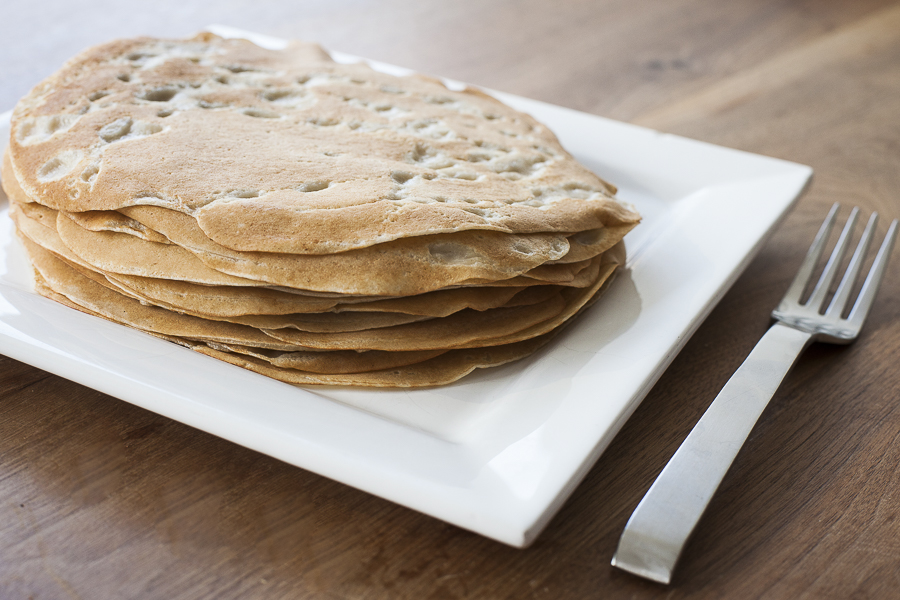We have lived around the world and use some interesting ingredients. To try and help you find alternatives and to locate the ingredients we use, we keep a glossary. Please do let us know if there are others that you would like to see added through sending us an email or adding a comment
Cardamon:
Cardamon (also known as cardamom) is a spice native to India, Pakistan, Nepal, and Bhutan. They are recognised by their small seed pods, triangular in cross-section, with a thin outer shell and filled with small black seeds. Cardamom has a strong, unique taste, with an intensely aromatic fragrance. Black cardamom has a distinctly more smokey, though not bitter, aroma. Cardamon is used in both sweet and savoury dishes, and can also be added to tea as is commonly done in India when making Masala Chai (tea).
Coconut Aminos:
Coconut Aminos is a Gluten Free replacement for Soy Sauce. It often comes as a shock for people who are new to their Gluten Free lifestyles that Soy Sauce contains Gluten (wheat is often the first ingredient), but not all soy sauces are created equal. There are Gluten Free Soy Sauces available (including from popular Soy Sauce brand Kikkoman), but Coconut Aminos is also a useful replacement and has the added advantage of also being Soya free. It is available from good Health Stores.
Curry leaves:
The curry tree is a tropical to sub-tropical tree, which is native to India and Sri Lanka. Its leaves are used in many dishes in India and neighbouring countries. Often used in curries, the leaves are generally called by the name ‘curry leaves,’ although they are also literally ‘sweet neem leaves’ in most Indian languages. Small and green, they are best bought fresh rather than dried, and do not last particularly long. You can find them in specialist Indian or Asian stores in many cities around the world.
Figs:
Figs are the fruit of the ficus tree, which is part of the mulberry family (Moraceae). Figs have a unique, sweet taste and a soft, chewy texture. They are filled with slightly crunchy, edible seeds. Their natural sweetness meant that, before the days of refined sugars, they were often used as a sweetener. Figs are native to the Middle East and Mediterranean and are one of the world’s oldest trees. The fig tree can be traced back to the earliest historical documents and features prominently in the Bible.
Kaffir Lime Leaves:
The kaffir lime is a fruit native to tropical Asia including India, Nepal, Bangladesh, Thailand, Indonesia, Malaysia and the Philippines. It is used in Southeast Asian cuisine. If the recipe calls for kaffir lime leaves and you can’t find any, skip the leaves. Don’t substitute. The fragrance is so distinct that it is irreplaceable.
Lebanese seven spice powder:
A staple in any Lebanese kitchen, the aromatic blend is very versatile and works wonders as a dry rub on fish, chicken and especially meats such as lamb. Lebanese 7 spice powder is a blend of allspice, black pepper, cinnamon, clove, nutmeg, ground fenugreek, and ginger. All of the spices used in this spice mix are readily available in most supermarkets.
Okra:
Okra is known in many English-speaking countries as ladies’ fingers, bhindi, bamia, ochro or gumbo. The geographical origin of okra is disputed, with South Asian, Ethiopian and West African origins all being possible. Okra has a tendency to become slimy when cooked. Some people like it this way, while others prefer to minimize this. Brief cooking such as stir-frying can help to keep them less slimy, as can cooking with acidic ingredients such as a few drops of lemon juice, tomatoes, or vinegar. Alternatively the pods can be sliced thinly and cooked for a long time until the slime dissolves.
Papaya:
The papaya (also known as papaw, or pawpaw) is native to the tropics of the Americas, perhaps from southern Mexico and neighbouring Central America. However, it is now grown in most tropical countries and can be found used in many cuisines. The ripe fruit of the papaya is usually eaten raw, without skin or seeds, but can also be used in curries. The unripe green fruit can be eaten cooked, usually in curries, salads, and stews. Green papaya is used in Southeast Asian cooking, both raw and cooked. The fruit is rich in papain, and can be used for tenderizing meat and other proteins. The black seeds of the papaya are edible and have a sharp, spicy taste. They are sometimes ground and used as a substitute for black pepper.
Parma ham:
Wherever we use parma ham in our recipes, you should be able to use bacon instead but most bacon I have come across contains a lot of unnecessary (and unhealthy) additives whereas parma ham consists only of pork and salt. Parma Ham is prosciutto which is made in the Parma region of Italy – considered the birthplace of Prosciutto. It is made by curing a leg of pork using only sea salt to result in a ham that is as sweet and supple as possible.
Ras el Hanout:
Ras el Hanout is a spice mix from Northern Africa which translates as “top of the shop” – a reference to the relatively expensive ingredients that are used in the mix. There is no definitive composition of spices that makes up Ras el Hanout. Each shop, company, or family may have their own blend. Commonly used ingredients include cardamom, cumin, clove, cinnamon, nutmeg, mace, allspice, dry ginger, chili peppers, coriander seed, peppercorn, sweet and hot paprika, fenugreek, and dry turmeric. We have also included a Ras El Hanout spice mix recipe so that you can make your own if you are unable to find it in your supermarket or local asian speciality stores.
Sago
Sago is a starch extracted from the spongy centre, or pith, of various tropical palm stems. It is a major staple food for the lowland peoples of New Guinea and the Moluccas, where it is called saksak, rabia and sagu. A type of flour, called sago flour, is made from sago. The largest supply of sago comes from the East Indies. Large quantities of sago are sent to Europe and North America for cooking purposes. It is traditionally cooked and eaten in various forms, such as rolled into balls, mixed with boiling water to form a paste, or as a pancake. Sago is often produced commercially in the form of “pearls”. Sago pearls can be boiled with water or milk and sugar to make a sweet sago pudding. Sago pearls are similar in appearance to tapioca pearls and the two may be used interchangeably in some dishes.
Sumac:
Sumac is a plant that grows in subtropical and temperate regions throughout the world, especially in Africa and North America. The fruits of the sumac plant are ground into a reddish-purple powder used as a spice in Middle Eastern cuisine to add a lemony taste to salads or meat. In Arab cuisine, it is used as a garnish on meze dishes such as hummus and is added to salads in the Levant. In Iranian (Persian and Kurdish) cuisines, sumac is added to rice or kebab. In Jordanian and Turkish cuisines, it is added to salad-servings of kebab and lahmacun. It is also used in the spice mixture za’atar.
Sweet Potatoes:
The sweet potato is an edible tuberous root that is long and tapered, with a smooth skin whose color ranges between yellow, orange, red, brown, purple, and beige. It is only distantly related to the potato and does not belong to the nightshade family. Its flesh ranges from beige through white, red, pink, violet, yellow, orange, and purple. Sweet potato varieties with white or pale yellow flesh are less sweet and moist than those with red, pink or orange flesh. The origin and domestication of sweet potato is thought to be in either Central America or South America. In Central America, sweet potatoes were domesticated at least 5,000 years ago. In South America, Peruvian sweet potato remnants dating as far back as 8000 BC have been found. In New Zealand the sweet potato is known by the Maori name of Kumara, while in parts of North America it is referred to as “yams” although Sweet potatoes are botanically quite distinct from yams.
Sweet potato leaves
Sweet potato leaves are primarily eaten in Asia and Africa, but can be found further afield in Asian food stores or sometimes in your supermarket. They can be substituted with Spinach where you are unable to find sweet potato leaves.
Tahini
Tahini is made from sesame seeds that are soaked in water and then crushed to separate the bran from the kernels. The crushed seeds are soaked in salt water, causing the bran to sink. The floating kernels are skimmed off the surface, toasted, and ground to produce an oily paste. Because of tahini’s high oil content, many manufacturers recommend refrigeration to prevent spoilage. This is particularly true among makers of raw, organic tahini, who will often prepare their tahini at low temperatures and ship and store it in refrigerated cases to maximise quality and shelf life. Used in middle eastern cooking, it has a peanut buttery flavour.
Za’atar:
Za’atar is the generic name for the herbs oregano, thyme, and marjoram. As a spice mix it is usually based on these dried herbs, combined with sesame seeds, salt, and sometimes sumac and other spices. Used widely in Arab cuisine, both the herb and spice mixture are popular throughout the Middle East.


